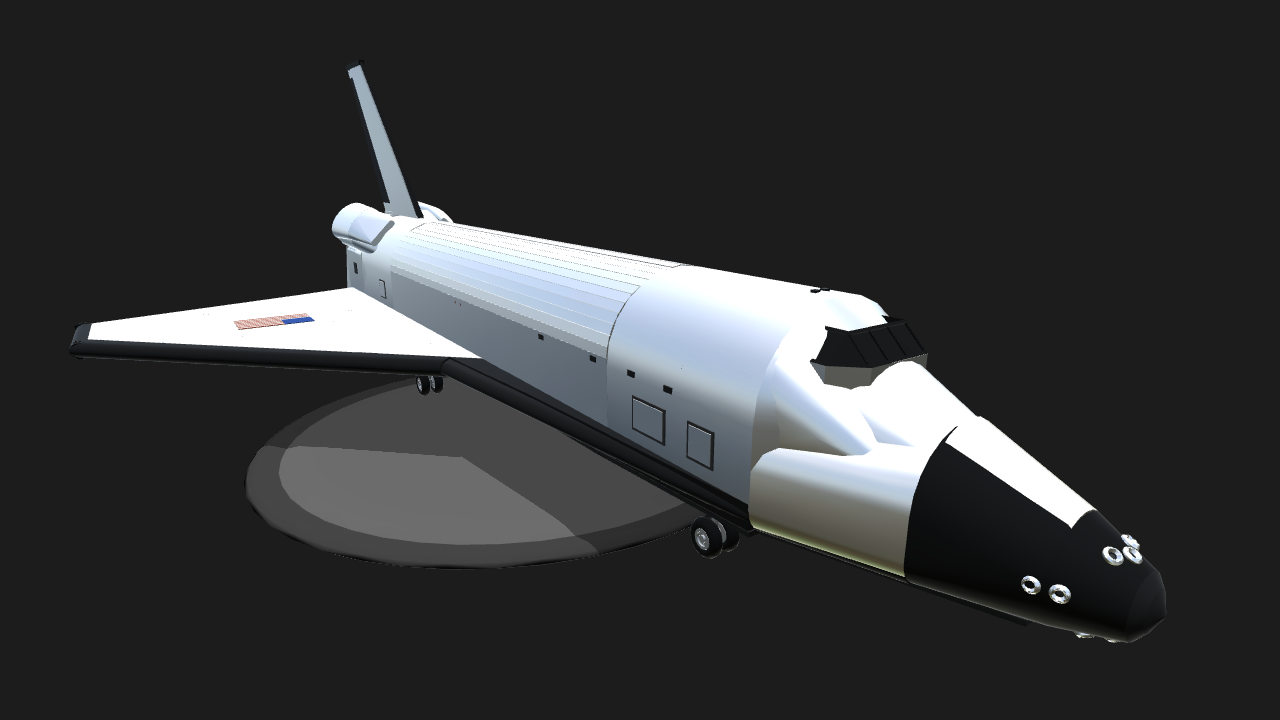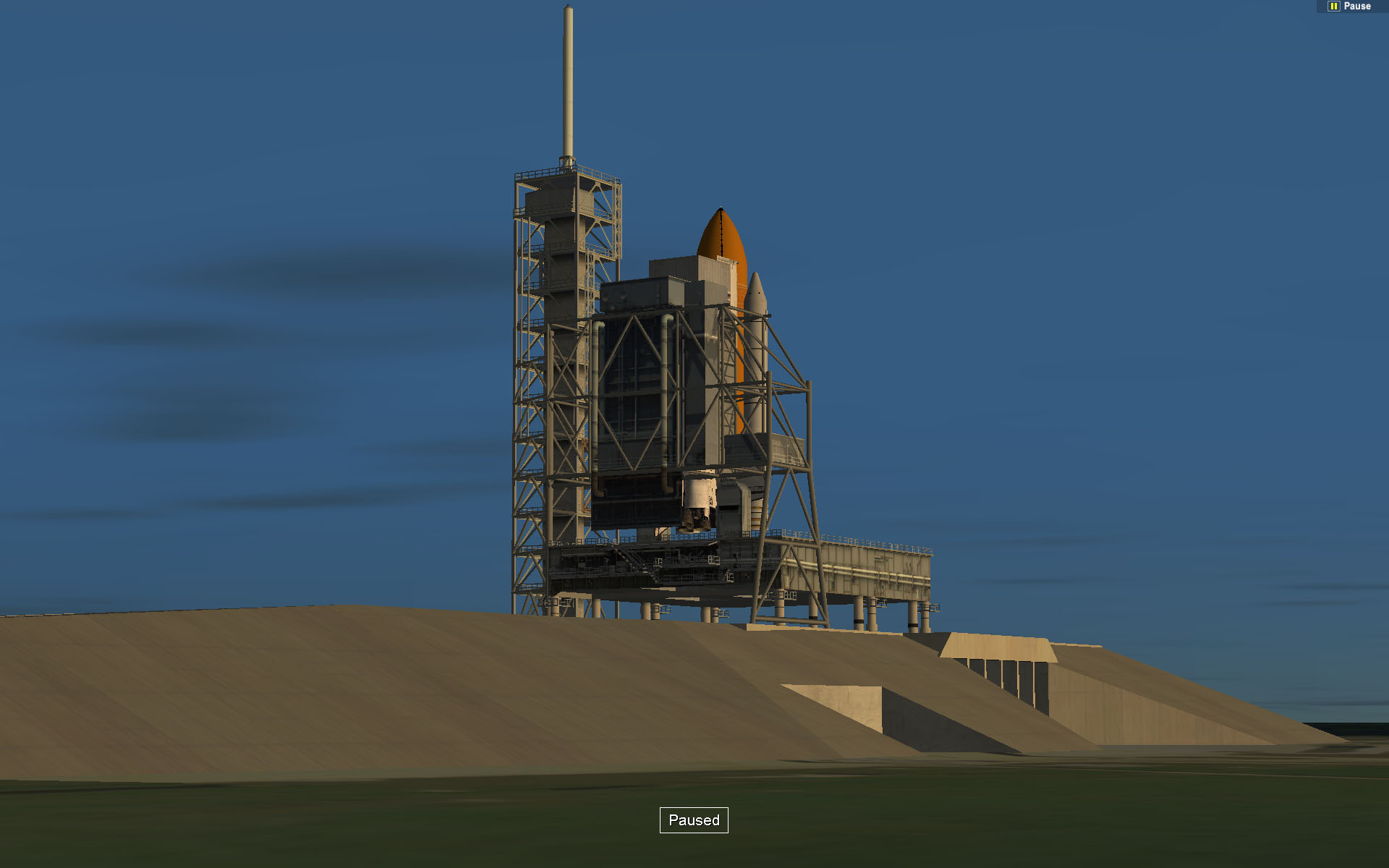



We’re funding efforts of ground-based observatories to see if we can find planets around Alpha Centauri A and B. The third part is how do we communicate back from Alpha Centauri? Later this year we’ll have the RFP for the communications piece. We’re within a few weeks of releasing our request for proposal on that. The second key thing is the light sail and how you attach the to it. The first is, “Can you build this giant laser array for any affordable cost and get the beam through the atmosphere?” We are writing 13 contracts for the first study phase of that. We’ve narrowed down to three we consider the real deal breakers. The next five to seven years we’re going to be addressing key technology questions. We’re convinced that the battery technology as it exists is within the power levels we need. Optical communicationsĪfter you’ve flown through the system you turn around, lock a small laser on board back on the Earth then we fire the laser signal back. You’ll have three or four cameras, so if one of them gets hit by a piece of interstellar dust there’s other ones to take over. One of the reasons that we’re going to send hundreds of them is we’re probably going to lose a lot of them. It’s how much power can put on the sail and how long you can focus it. It’s probably going to be folded up in some way.
#Interstellar orbiter plus#
The total mass of the light sail plus chip is a few grams at most. Then the next day you would launch another one. It takes about 10 minutes to accelerate to 20 percent the speed of light. It has to be in the southern hemisphere because Alpha Centauri is not visible from the northern hemisphere. Another possibility may be southern New Zealand. The notional place would be the Atacama Desert in Chile. It would be in a highly elliptical orbit where the apogee would be pointed kind of in the direction of Alpha Centauri. We’re thinking of something that would look about the size of a typical communications satellite, so a few thousand kilograms maybe is the mothership. The mothership would probably hundreds or thousands of. Then sometime 10 to 15 years from now we would start building the full-scale system. That presumably would take five or so years to build and test. Hopefully after five years, we could begin to construct some sort of major field demonstration. Yuri Milner has committed $100 million for the next five to seven years to do the technology. So, you need basically some sort of telescope-type function. Another idea is that when you get close to the target system, you actually deploy a small, lightweight optical system. The baseline approach is to actually configure the sail itself, so it acts as an optical. What you really need is an optical system, probably a few tens of centimeters. A few million kilometers will be our flyby distance. We’d like to get close enough, if there’s something that looks like forest, to get a spectrum of the forest area versus oceans. One of the ideas is obviously some spectrometer. Currently the best approach is to try to send to fly by and get images and maybe other kinds of data, spectrum and so forth, to really characterize this planet. We hope we find evidence of what might be a life-bearing planet. If all goes well, 25 years from now we’ll launch our first interstellar probes. I spoke to Worden by phone about the timing of the Breakthrough Starshot and what it will take to achieve it. These StarChips would fly by the exoplanet Proxima-b to beam back images and maybe spectral readings to determine whether it could sustain life. Worden’s team is still figuring out exactly how this might be done, but the current concept calls for accelerating small wafers, called StarChips, to incredible speeds by projecting laser light onto a centimeter-scale lightsail attached to each chip. Worden leads what’s expected to be a decades-long, privately funded endeavor to launch a succession of spacecraft, each weighing just a few grams, toward the next star system over, Alpha Centauri 4.3 lightyears away. Defense Department and NASA, so it was perhaps not surprising that after a four-decade government career he would find a bold and provocative goal. Pete Worden has long had a reputation for looking far beyond the confines of his career in the U.S. Education: Bachelor of Science in physics and astronomy from University of Michigan doctorate in astronomy from University of Arizona graduate of Squadron Officer School at Maxwell Air Force Base, Alabama graduate of the National War College degree in National Security Studies from Syracuse University.


 0 kommentar(er)
0 kommentar(er)
